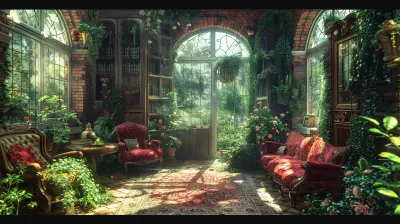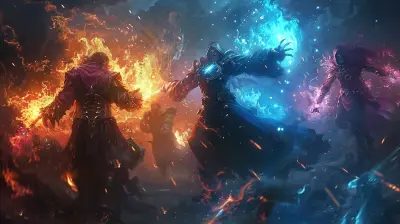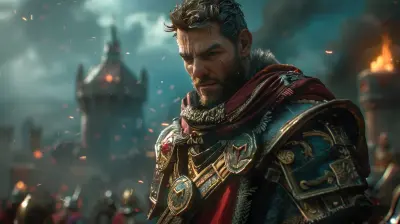Celebrating Female Developers at the Game Awards
19 October 2025
Gaming has always been a space for innovation. It’s wild, creative, full of passion, and, let's be real, it’s downright magical. But for years, female developers—who have contributed breathtaking ideas, killer gameplay mechanics, and some of the most iconic stories—have often been overlooked. Thankfully, recent years have seen a major shift, and nowhere is this celebration more evident than at the Game Awards.
Doesn't it feel great when the underdog finally gets their spotlight? The recognition of women in the gaming industry is long overdue, and the Game Awards have become a stage to not just honor their contributions but to shout them out loudly and proudly. So, let's dive in, shall we? We'll explore how female developers are making waves, breaking stereotypes, and stealing the show at one of gaming’s biggest nights.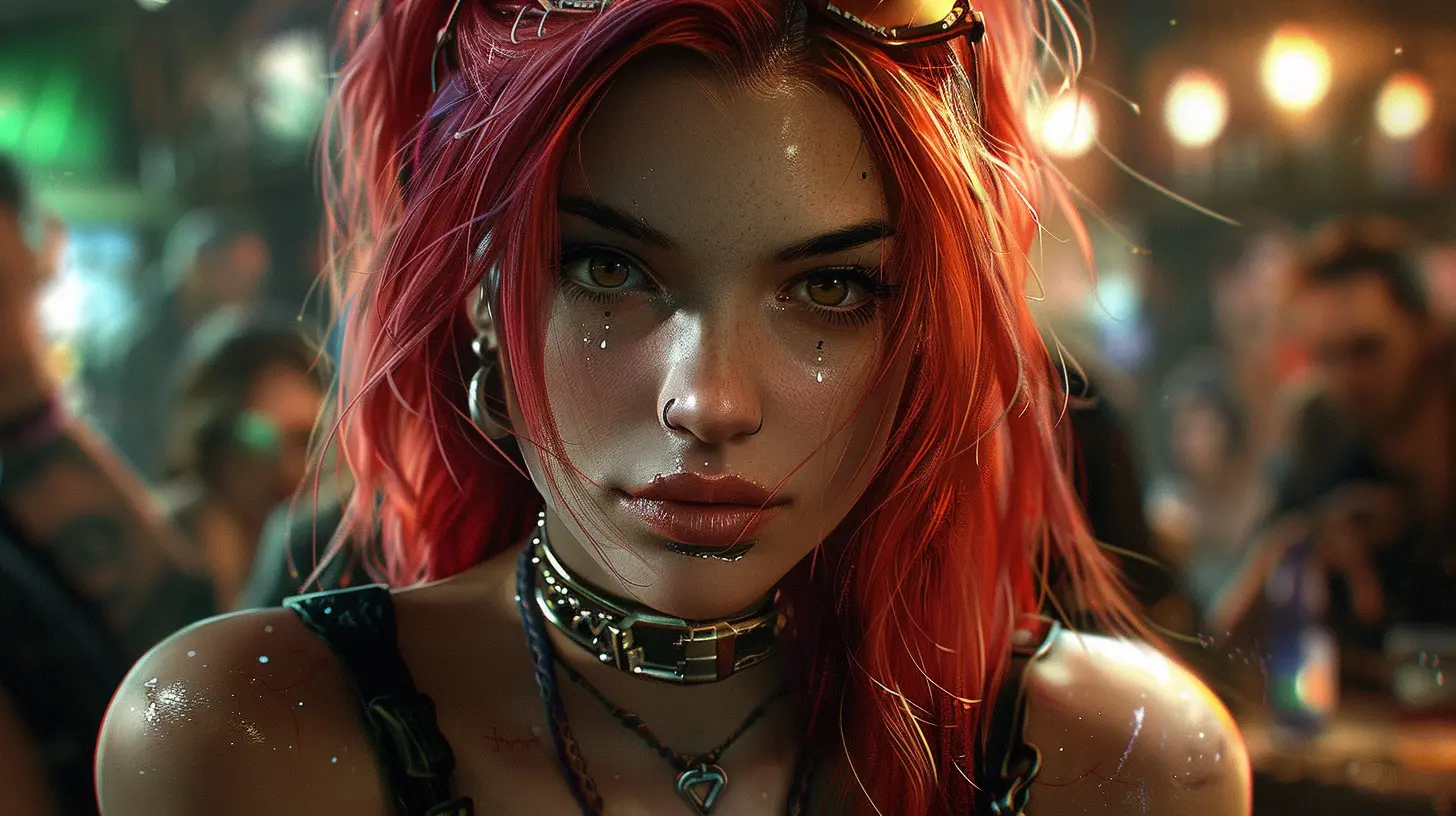
A Long Journey to Recognition
Let’s take it back for a second. The gaming industry wasn’t always the most inclusive place for women. Sure, there were trailblazers like Roberta Williams, the legendary mind behind King’s Quest, but for the most part, it was a man’s game—pun intended. Women were often pushed into the shadows, contributing behind the scenes while their work was marketed as the brainchild of male developers.Fast forward to now, and wow, has the landscape changed. Remember Horizon Zero Dawn? That jaw-dropping, open-world masterpiece? Yeah, that wouldn’t exist without women like Mathijs de Jonge and an incredible team that included women developers behind its narrative brilliance. Or how about Celeste, the indie darling that swept awards shows? Co-creator Maddy Thorson and narrative designer Lena Raine are two of the brightest stars in this space. And yet, only in recent years have we started seeing these talented women get the credit they so rightfully deserve.
The Game Awards, in particular, have become a beacon for female developers to shine. It’s like the Oscars of gaming, but with less awkward envelopes.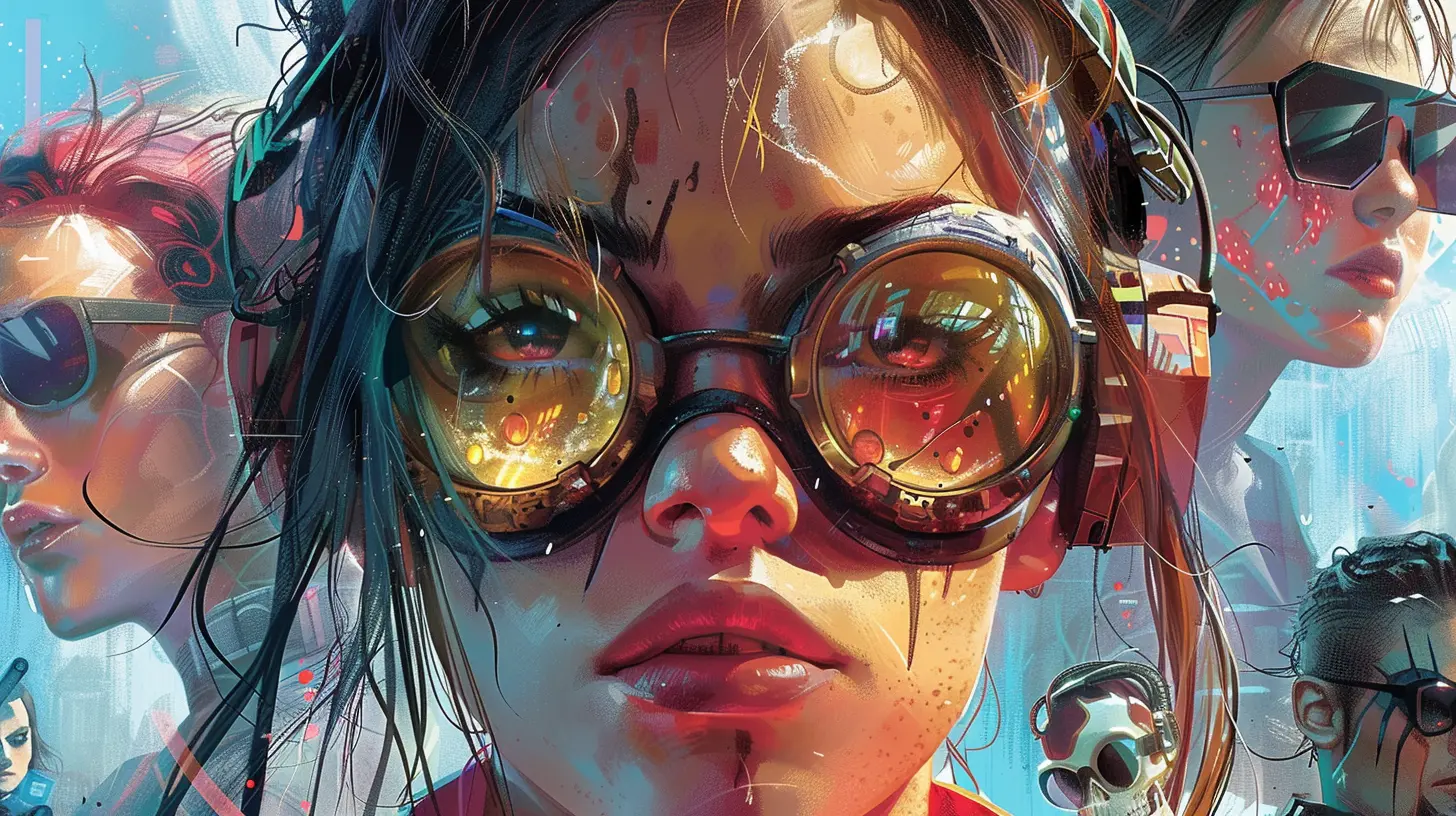
Breaking Barriers One Game at a Time
The thing about female developers is that they often bring something fresh to the table. Their perspectives enrich games in ways you might not even realize. Games, after all, are about storytelling, connections, and emotions—and women are absolute pros at weaving those threads into unforgettable experiences.Take Amy Hennig, for instance. If her name doesn’t ring a bell, then grab your controller and re-introduce yourself to the Uncharted series, one of gaming’s all-time greatest franchises. Hennig was the creative director and writer for the series, and let’s be honest—would Nathan Drake have been as charming, self-deprecating, and layered without her narrative magic? Probably not.
These women are proof that female developers don’t just belong in gaming—they thrive in it. They’re not just breaking into the industry; they’re reshaping it entirely.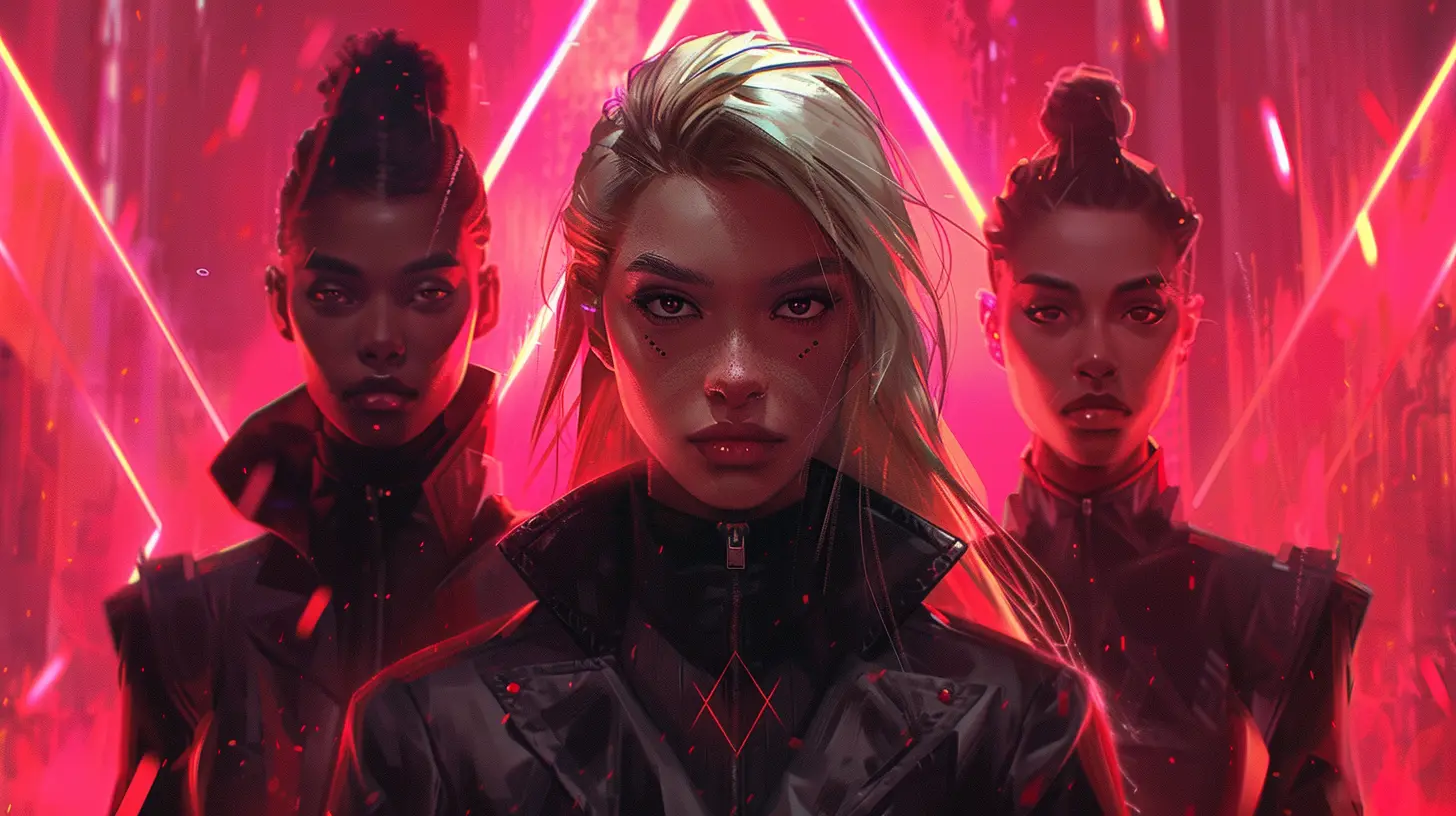
The Role of the Game Awards in Amplifying Female Voices
Okay, let’s zoom in a bit here. What exactly is the Game Awards doing to celebrate female developers? Spoiler alert: It’s a lot.The show itself has evolved to highlight the contributions of diverse creators. Whether it’s through direct recognition—like the Best Narrative or Best Indie Game categories—or via heartfelt speeches that applaud the teams behind these works, the Game Awards is steadily becoming a platform to uplift marginalized voices.
A standout example? In 2020, The Last of Us Part II dominated the ceremony, winning multiple awards. But did you know that Halley Gross, the co-writer of the game, played a huge role in crafting its intense and emotionally charged story? Neil Druckmann may have been the face of the project, but without Halley’s input, Ellie’s journey wouldn’t have been nearly as poignant.
And it’s not just the big names getting love. Indie developers—many of whom are women—are stealing the spotlight too. Games such as Spiritfarer by Thunder Lotus, which featured breathtaking animations and heartfelt storytelling created under the leadership of female developers, are being recognized for their incredible artistry and vision. It’s like watching the indie scene go supernova.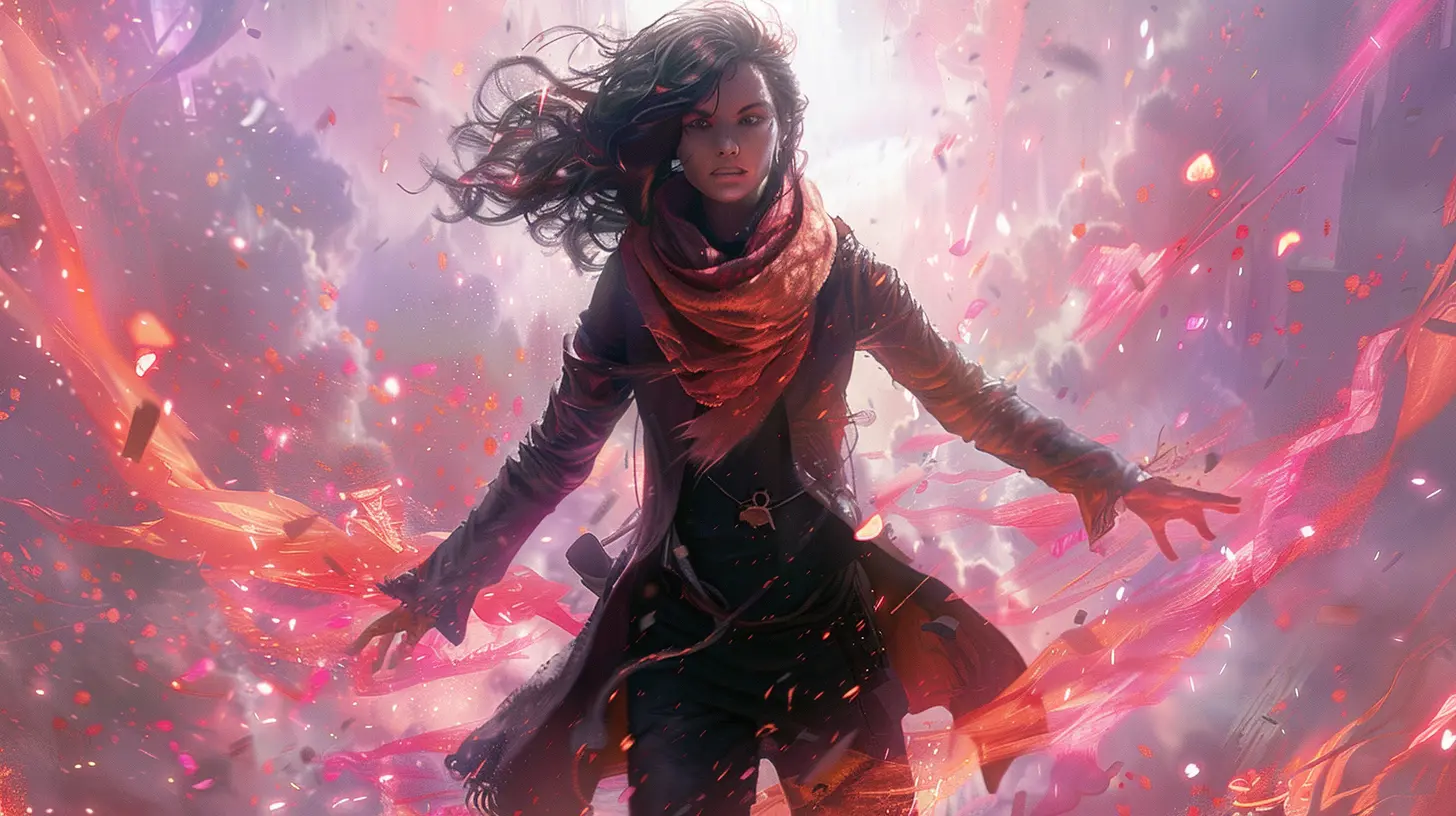
Female Representation in Gaming Narratives
Speaking of storytelling… can we just take a moment to appreciate how women are completely changing the way games tell stories? Female developers bring a unique touch to gaming narratives that’s hard to replicate. Often, their work tackles themes like empathy, vulnerability, and resilience in ways that hit you right in the feels.For instance, Hellblade: Senua’s Sacrifice—developed by Ninja Theory—was revolutionary in its portrayal of mental health. The game’s lead actress, Melina Juergens, and its creative team worked alongside neuroscientists to craft a deeply engaging narrative. This kind of depth and authenticity simply wouldn’t have happened without women like Tameem Antoniades and her team pushing boundaries.
And let’s not forget Life is Strange, a game that has become something of a cult classic. The episodic series tackles heavy themes like grief, identity, and morality in ways that feel raw and real. Women writers and developers were key players in crafting this masterpiece, ensuring it resonated with players on a deeply emotional level.
Women-Led Innovations in Gameplay
It’s not just about storytelling, though. Female developers are out here flexing their skills in everything from animation to gameplay mechanics. They’re literally reinventing how we play games.Look at Siobhan Reddy, for example, the studio director behind Media Molecule, creators of the wildly imaginative LittleBigPlanet and Dreams. These games are essentially giant sandboxes that encourage players to create their own worlds and tell their own stories. It’s like giving players a paintbrush and saying, “Go wild!” Her vision has inspired millions of gamers, proving that creativity knows no gender.
Or how about Brenda Romero, whose work on games like Train explores powerful and sometimes uncomfortable truths through game design? She’s an example of how women in the industry aren’t afraid to innovate in ways that challenge and provoke players.
Challenges Female Developers Still Face
As much as there is to celebrate, it’s important to acknowledge that the road for women in gaming hasn’t exactly been paved with gold. Despite their success, female developers still face significant hurdles, from workplace discrimination to being underrepresented in leadership roles.Women often have to work twice as hard to prove themselves in an industry that still struggles with gender bias. Crunch culture, toxic online communities, and a lack of systemic support are just a few of the challenges many women developers have to navigate. While the Game Awards highlight their hard work, we can’t forget that more needs to be done to create a truly inclusive industry.
The Future of Female Developers at the Game Awards
So where do we go from here? The future looks bright, no doubt about it.As more women step into leadership roles and take home awards, they’re inspiring the next wave of talented female game developers. Visibility matters, and when young women see others like them celebrated on a global stage like the Game Awards, it plants a seed of possibility.
Imagine a world where the gaming industry isn’t just a boys’ club, but a space where everyone—regardless of gender—feels welcome to chase their dreams. We’re not there yet, but we’re getting closer. One award, one game, and one incredible story at a time.
Why This Celebration Matters
In the end, celebrating female developers at the Game Awards isn’t just about giving them a moment of applause—it’s about recognizing their indispensable role in shaping the medium we all love so much. Gaming is for everyone, and the contributions of women prove that diversity isn’t just a checkbox—it’s the secret sauce that makes this industry thrive.So the next time you boot up your favorite game, take a second to think about the brilliant minds behind it. Chances are, there’s a hardworking woman who helped bring that experience to life. And that’s worth celebrating every single time.
all images in this post were generated using AI tools
Category:
Game AwardsAuthor:

Lana Johnson
Discussion
rate this article
1 comments
Olympia McCune
It's inspiring to see the recognition of female developers at the Game Awards! Their creativity and innovation have significantly shaped the gaming industry. Celebrating their contributions not only highlights their talent but also encourages future generations of women in gaming.
October 24, 2025 at 2:39 PM

Lana Johnson
Thank you for your thoughtful comment! Celebrating female developers truly empowers and inspires the next generation of talent in gaming.
